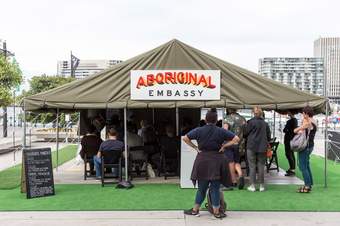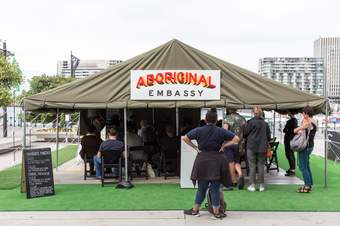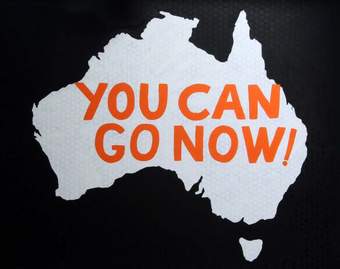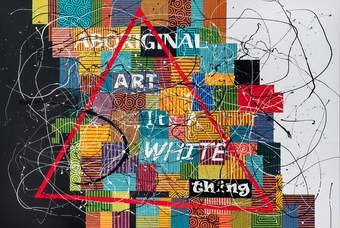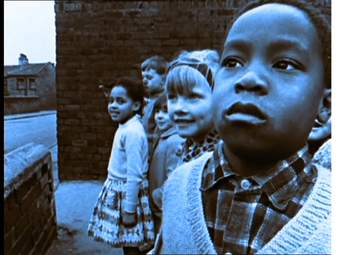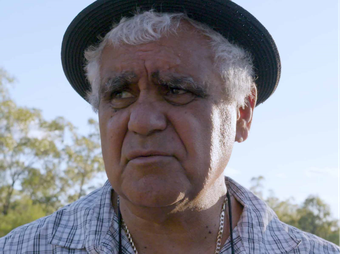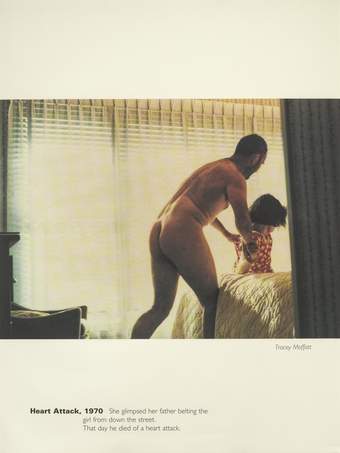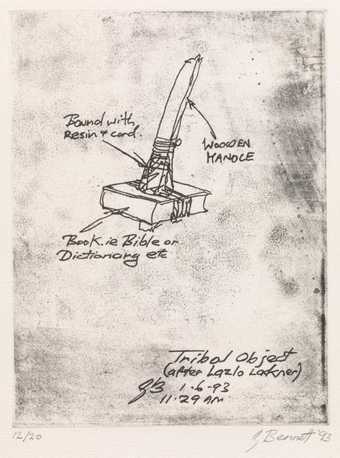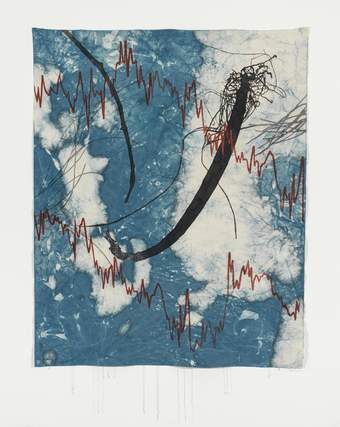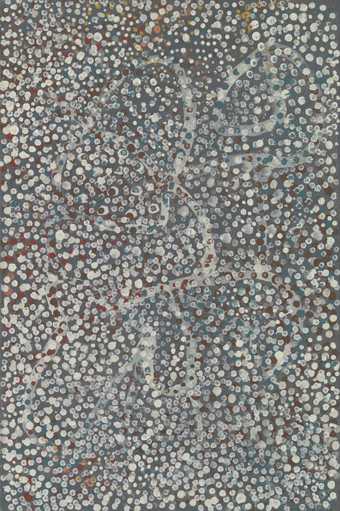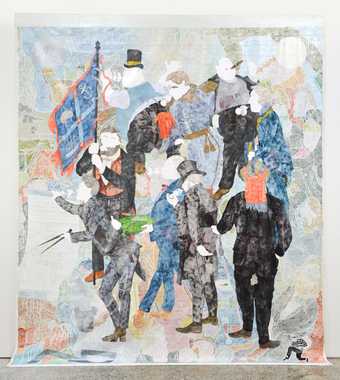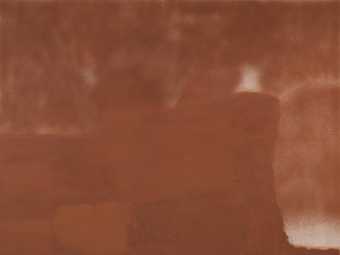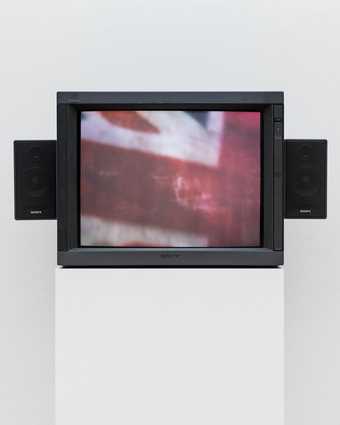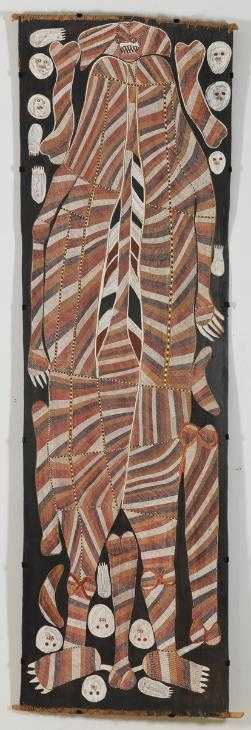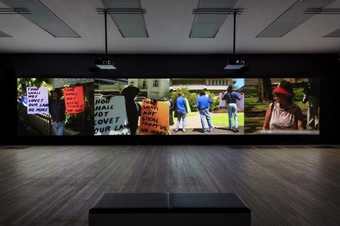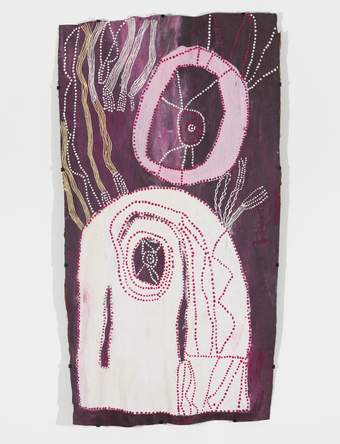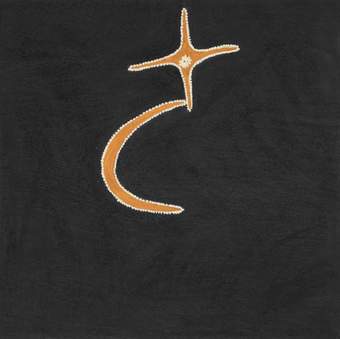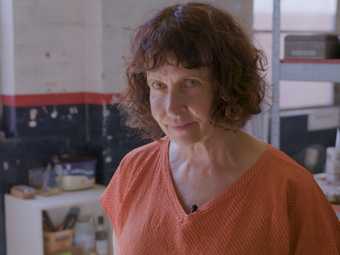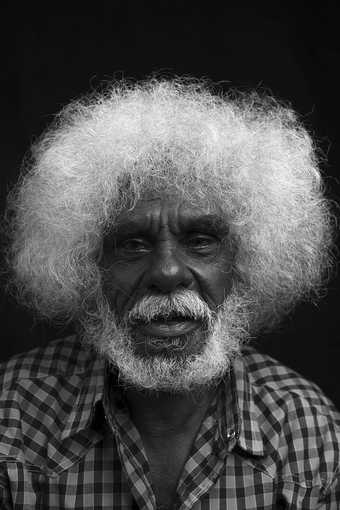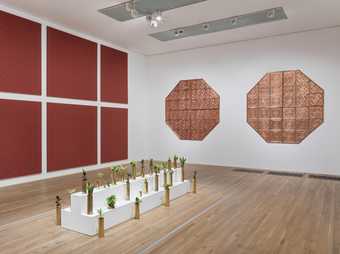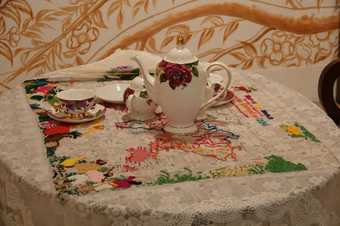Embassy is a space for activism and dialogue in support of Aboriginal land rights. It is activated through a series of public events
'The Aboriginal Tent Embassy is many things. To most Aboriginal people it is a symbol of resistance to the colonial power structure that still oppresses us.' – Richard Bell
Created in 2013, the installation consists of a canvas tent surrounded by protests signs. It also features Alessandro Cavadini’s documentary Ningla A-Na, which tells the story of Aboriginal activism in south-eastern Australia in the 1970s.
It is inspired by the original Aboriginal Tent Embassy, which was pitched on the grounds of Canberra’s Parliament House in 1972 by four young activists. The group were opposing new government policy preventing Aboriginal and Torres Strait Islander land ownership. Attracting attention across Australia and internationally, their protest placed Indigenous land rights, health and housing at the forefront of Australian politics.
Bell’s Embassy operates as a satellite of the original, reflecting the continued struggle for Aboriginal rights and self-determining space in Australia. Travelling to different international locations, including Jakarta, New York, Seoul, Amsterdam, Moscow and Kassel, the tent acts as a space of solidarity for all communities who have experienced injustice and oppression.
Embassy is activated through a series of public events with guest speakers. Together they will explore questions of social justice, land rights, sovereignty, and coalition building often through a powerful critique of the legacy of European invasion and colonialism. Visitors are encouraged to take part in these conversations, sharing their stories and experiences. All conversations are documented forming an archive of resistance that transcends national boundaries.
The work Pay the Rent is displayed across the Turbine Hall bridge. Consisting of a digital screen, the numbers calculate the amount of rent owed to Aboriginal People by the British Government since the arrival of the First Fleet in 1788 until the Australian Government was Federated in 1901.
Embassy was jointly acquired by Tate and the Museum of Contemporary Art Australia in Sydney through an innovative partnership established in 2015 via a gift from the Qantas Foundation.
Biography
Richard Bell lives and works in Brisbane. He is a descendent of the Kamilaroi, Kooma, Jiman and Goreng Goreng peoples. He was an activist and community worker for the New South Wales Aboriginal Legal Service in the 1980s before becoming a full-time artist and co-founding the Aboriginal art collectives Campfire Group in 1990 and proppaNow in 2004. He works across painting, installation, performance, and video. Bell is one of Australia’s most significance artists and his work explores the complex artistic and political problems of Western, colonial and Indigenous art production. He grew out of a generation of Aboriginal activists and has remained committed to the politics of Aboriginal emancipation and self-determination.
Acknowledgement
Tate acknowledges and pays respect to the Traditional Owners of Country throughout Australia and recognises the continuing connection to lands, waters and communities. We pay our respect to the Elders of these lands and acknowledge the continuation of cultural, spiritual and educational practices of Aboriginal and Torres Strait Islander peoples.
Supported by
Richard Bell: Embassy is supported by the Embassy Supporters Circle
With additional support from Qantas
Research supported by Hyundai Tate Research Centre: Transnational in partnership with Hyundai Motor
Tate, The Museum of Contemporary Art Australia (MCA) and Qantas partnered in an International Joint Acquisition Programme for contemporary Australian art. This Joint Acquisition Programme launched in 2015 and Richard Bell Embassy was purchased in 2017 as part of this Programme.

